This post may contain affiliate links.
Animals on our homestead or farm include a horse, cattle, sheep, goats, turkeys, geese, guinea fowl, chickens (many types), a duck, peacocks, a dog, cats, a snake and fish. We have almost 100 domestic or livestock animals, plus plenty of wildlife! We are located in Far North Queensland Australia, so wild animals include wallabies, snakes (lots), spiders (not lots), beautiful butterflies and amazing birdlife. We even have blue bees. This page has photos of some of our livestock, any words of wisdom I can share and links to any further posts.
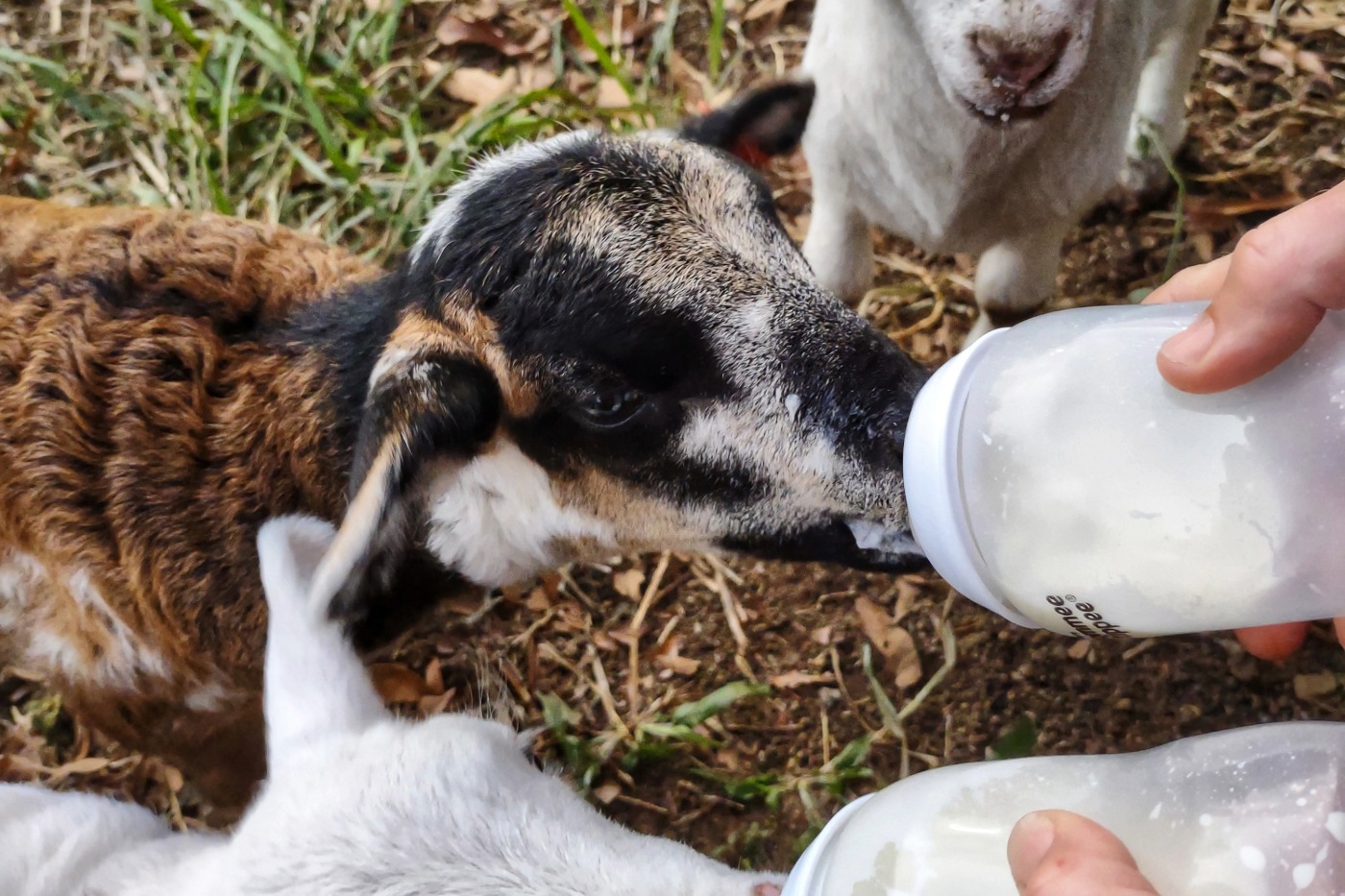
We are not experts. 3 years ago we were complete beginners. I do have a zoology and physiology degree and 20 years of experience working in human medicine, but still, there has been much to learn! I always wanted to be a zoo-keeper as a kid, and now I am!
I’d love to get some more exotic animals, maybe soon. Sign up to follow, you’ll be first to know.
Keeping Animals on a Tropical Homestead
The Horse
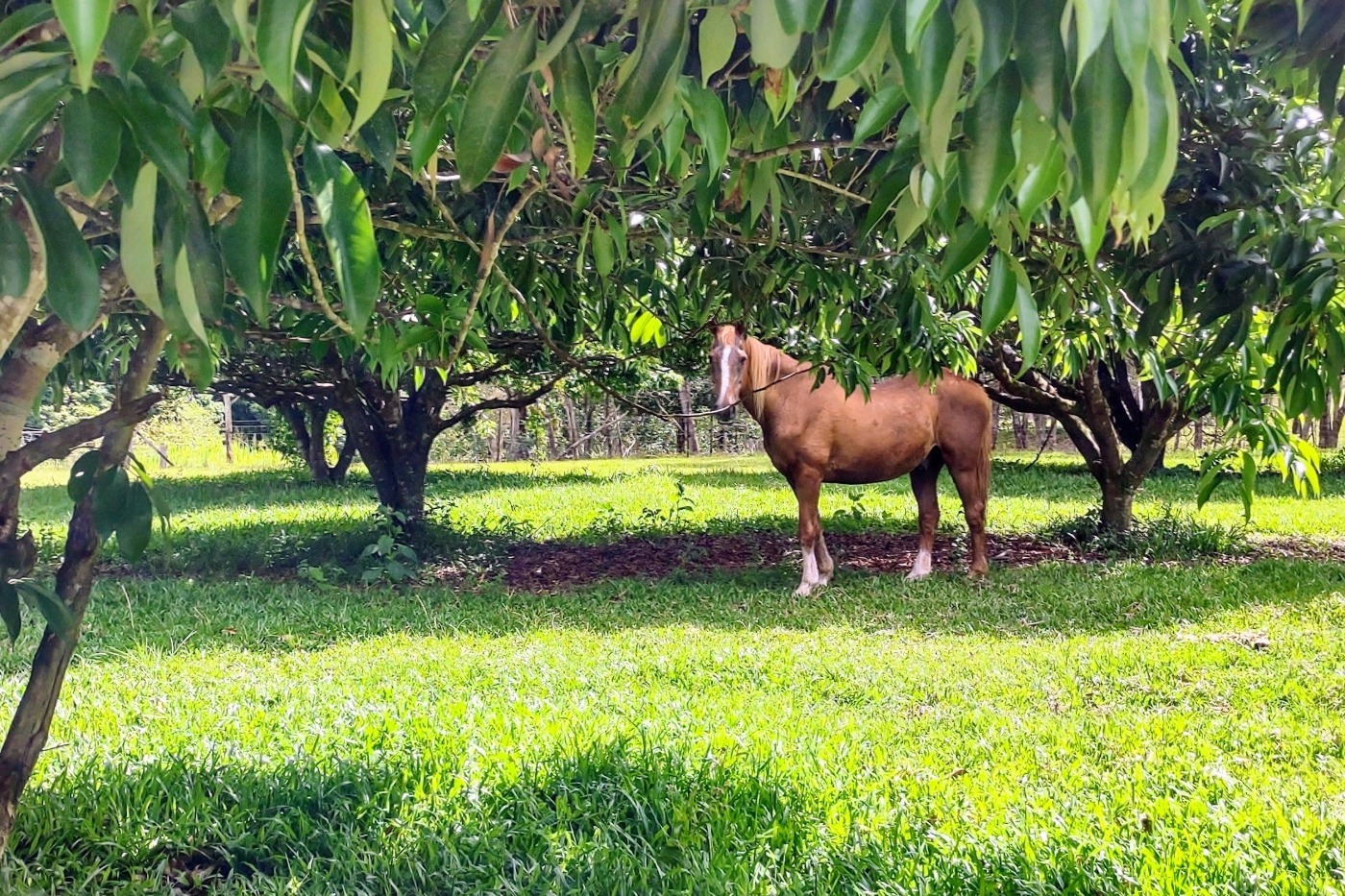
Our first animal resident was a horse. A very elderly rescue horse. Did we know anything about keeping horses? No. Nothing, but he came with the property and we’re dedicated to letting him see out his days in comfort.
Everyone says horses are expensive to keep. He’s really not. We have to get the farrier and the tooth guy to see him from time to time. All he costs us really is a bag of horse feed every couple of months. We have good grass year-round, so we don’t have to supplement his diet too much.
The Sheep
3 bottle baby lambs were our next purchase. We have Australian White sheep, which, like Dorper sheep, shed their coats rather than needing shearing. In theory. Some of them do that better than others. The lambs, at a few days old, cost us $100 each.
We bottle fed them pretty regularly every day for weeks. At that point they lived on our deck and it wasn’t too much trouble. We bough powdered lamb formula at about $80 per bag. We went through about 1.5 bags. Some people bottle-feed lands with store-bought cow’s milk powder, it would be cheaper.
We’ve had to worm and vaccinate the sheep and the goats. Resistance to worming products is an issue and we did lose one lamb, after worming, to parasites. Another learning experience. We’re constantly doing faecal egg counts now and taking advice from the vet on which worming products are working at the moment.
You also need to trim sheep’s hooves from time to time.
They have delivered 5 lambs so far. None of them eaten, as yet.
The Goats
We bought a little ram first, a baby, and kept him intact. We later added two females, a mother and daughter, to keep him company. They’ve since birthed 3 kids between them.
The young male goat cost us $300 Au, the females $500 and $600 each. That’s expensive! They were really hard to aquire, not many goats were on the market at all.
They have been wormed, vaccinated, and given copper boluses. The oldest of them was showing signs of copper deficiency, so now they each get an annual copper bolus.
I’m not sure if I like goats. Sheep are much easier, don’t escape, and make less noise.
The Cattle
We have 2 cows. Destined for the freezer.
The cattle brought ticks with them. This was our first run-in with ticks but we had it sorted within a few days. Cattle also brought a need for electric fencing. Our property had a lot of electric fencing, running off the mains, already installed. A few fixes and patch-ups and we were good to go.
I like cows, they’re kind of like very big dogs. They play and come for food and are quite endeering.
I really don’t like ticks though, nor the chemical we had to use to deal with them. There was no natural solution to ticks. This chemical will also poison our soil and get into our food, but big pharma says it’s safe with no withholding period for meat.
We don’t milk. Milking just seems to be a lot of work and we’re not big milk drinkers. Maybe in future we’ll get a jersey cow for dairy, but right now we’re just raising beef.
Chickens
Chickens were our first poultry and we kept them in our backyard in suburbia before we moved to the farm. Chickens are easy, they’re perfect for beginners. If you’re just starting out get point-of-lay hens, 1 per person in your household. That should be enough eggs for you almost year-round.
Breeding chickens is also very straightforward. We hatch eggs almost constantly, the incubator is always running.
Guinea Fowl
Don’t get guinea fowl if you can’t handle noise, or if you live near a busy road.
Do get guinea fowl if you want them to eat ticks and if they’re your dream bird. They were mine.
Geese
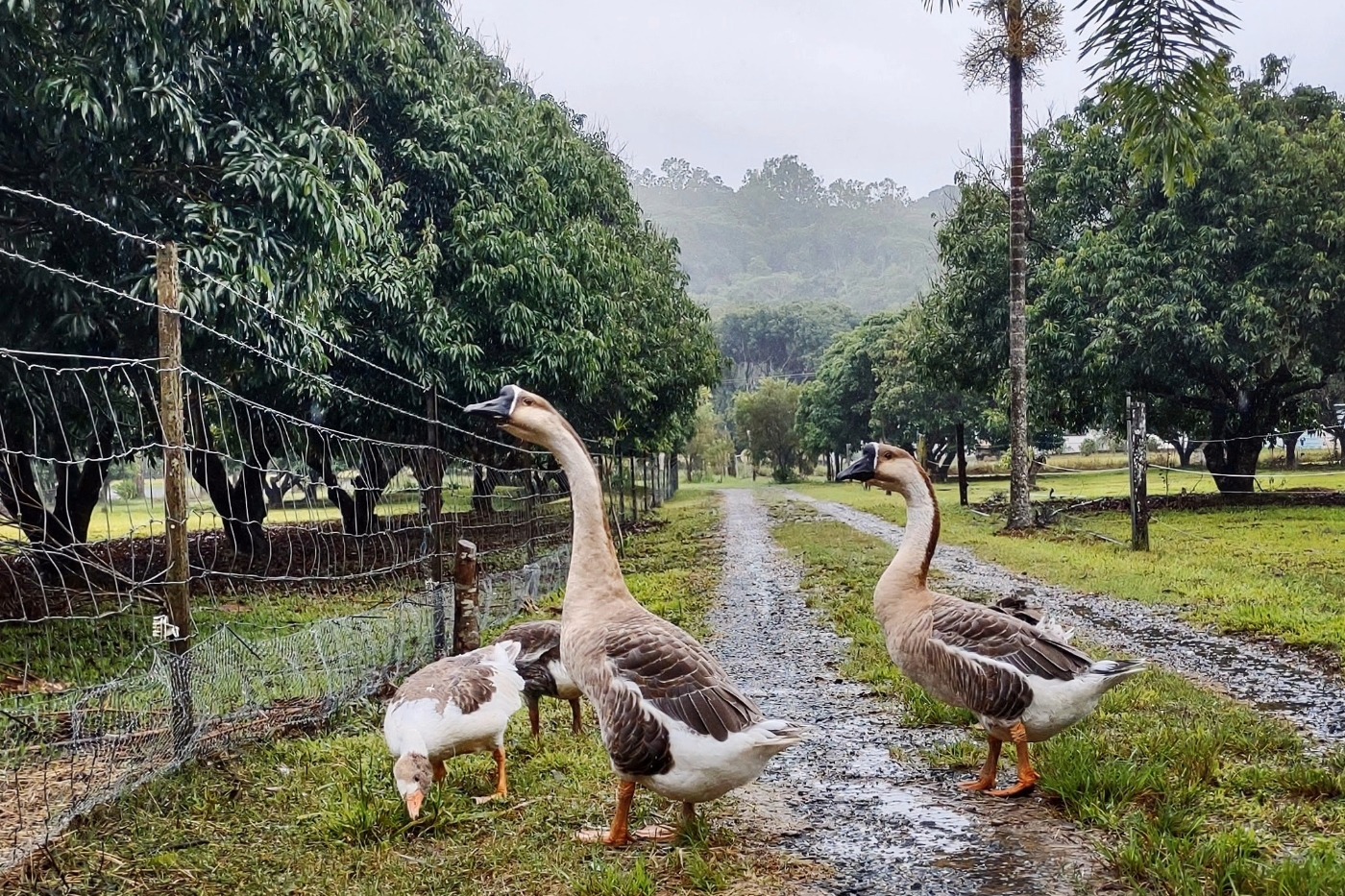
We have two types of geese, Chinese and Sebastopol. Geese are flock birds, so when we initially tried to buy one “guard goose” the seller told us no. So we bought 2 goslings, Lizzie and Shaqueal. Both turned out to be boys.
Geese take a long time to reach maturity and it wasn’t obvious if we had males or females for a long time.
We then added a female. Chinese goose. Everything went well and she laid a clutch of eggs and hatched 3. We were thrilled! The next night a python ate her and killed one of the babies. We were devastated. In a million years we didn’t think a python would mess with a buch of large and agressive geese. Since then the geese have slept in a snake-proof goose house.
1 gosling from that hatch survived. Also a male.
The two Seabastopol geese are females. They’re laying in their first season and we have a few in the incubator right now.
We will be eating goose soon, for the first time ever.
The geese were my favourite birds, until we got turkeys.
Turkeys
Turkeys are the golden retrievers of the poultry world. They’re friendly and quite adorable. We bought 8 baby turkeys. Only 4 survived. We had a bad run of snakes getting into the coop. Once we finally found the hole, no problems since.
The turkeys share a coop with the chickens and guinea fowl.
Peacocks
The peas are a new addition and we love them. But they’re noisy and we’ve found it impossible to get them into any kind of coop. They sleep in the trees and regularly hang out on the roof. As far as we know, our pea hen, Gladys, hasn’t laid eggs in her first year.
Presley, our pea cock, hasn’t fully developed his full train yet. He has 1 or two eye feathers coming in. But he loves to dance and will display for any of our birds.
Snakes
We have a pet snake called Monty, a child’s python, or spotted python. We are licensed and have all the right permits. He came from a pet shop.
We also have rather a lot of snakes on our property. Pythons, tree snakes (brown and green) and keel backs are quite regular sightings. They’re all pretty harmless to humans.
The highly venomous Eastern browns, taipans, and rough-scaled snakes are in our area, but no sightings yet. People regularly lose dogs to snakes around here, so our dog does not roam freely. He’s a house or lead dog.
It’s only the pythons that have eaten chickens, ducks, turkeys, guinea fowl, and that poor goose. They mostly try to get into the coops at night. Only once did we find a python in a coop, curled up in the nesting box, during daylight.
Keelbacks eat cane toads, so we like those!
They say that poultry will keep snakes away, particulary guinea fowl, peacocks and geese, they don’t. Or maybe they do and we’d be overrun with snakes without. I don’t know.
They also say that poultry attracts snakes, well yes, obviously, pythons want to eat the birds. Rodents are attracted by bird feed, and rodents attract snakes, but we never leave anything out and we don’t have much of a rat or mouse problem.
Fish
I keep fish because they are ornamental and also because they eat mosquito larvae in the animal water butts. We have guppies and platys at the moment. We did stock our pond with barramundi, but none have been seen since.
Cats
We were always determined to only have indoor cats, and we did well, for years. That was until one of them learned to open the front door. Without thumbs. Since then, she’s caught 3 rats so I’m not too down on her going outside occasionally. I keep a close eye on my wild birds raising babies on our back deck, she hasn’t gone near them.
After seeing how happy being outside makes her, and her determination to get outside, I’m very much of the opinion that keeping some cats indoors is cruel. So she gets a little freedom sometimes. She heads straight for the barn, I guess that’s where the rats are hanging out. Notably, one of the cats, a rag doll, has no interest in the great outdoors whatsoever. So if you want an indoor cat maybe get one of those.
The Dog
A livestock guardian dog is all the rage with homestead types. So we got one. He’s a house hippo and does very little guardianing, but he’d protect his human flock, for sure. He’s a Maremmano Abruzzese (maremma, Italian sheepdog) crossed with a golden retriever
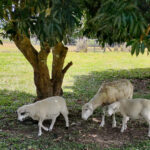
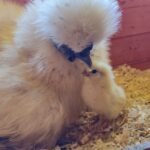






Loved this peek into your homestead—really enjoyed the mix of practical notes and personality for each animal. Curious: what’s been the biggest day-to-day challenge in the tropics (heat, rain, predators), and which species surprised you by coping best?
Just about every animal copes fine with the heat and the wet. Learning to deal with worms in the mammals and ticks, only on the cow, has been a lot. The biggest issue is keeping the male sheep separate from his daughters.
I really love reading about these animals! I enjoyed your post — it’s really nice. Hope I can visit more often to see if there’s anything new.